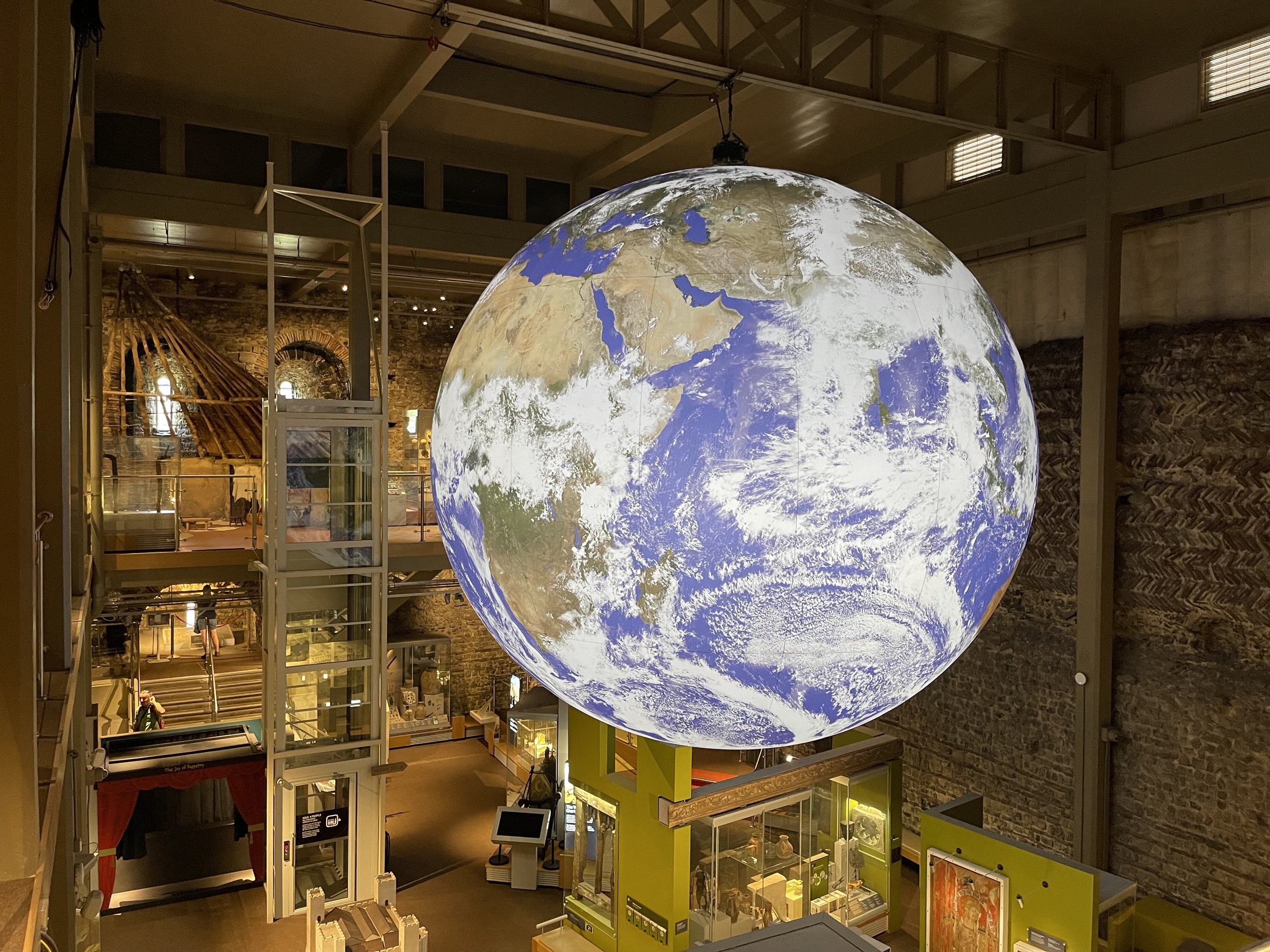
〰️
Find a cartographer by using our search bar...
〰️ Find a cartographer by using our search bar...
Ernst Schotte - Marble Stand - 1885
George Philip - 13.5” Challenge Globe -1948
George Philip - 6” Library Globe -1920s
George Philip - 9” Terrestrial Globe -1929
The German Berlin located firm of Ernst Schotte & Co played a significant role in the production of globes in Berlin from the late 19th century to the early 20th century. By the late 1870s, Schotte's firm was manufacturing nine different sizes of terrestrial globes, ranging from a small 1 inch (2.5 cm) "dolls globe" to a larger 19 inch (48 cm) school globe. They also produced four sizes of celestial globes to meet various needs and purposes. They also made scientific instruments, orreries and tellurians.
The geographical publishing business founded by Ernst Schotte in 1855 quickly grew to become one of Germany's leading publishing houses. In addition to school tellurium, the company supplied materials to school gymnasiums and private collectors across the country.
The globe you see to the left is from 1885, sits on a marble plinth stem and had a thermometer fitted but this is missing.
Click on the photo to be hyperlinked to the Map & Globe forum post on facebook :)
George Philip & Son, a renowned map publisher and cartographer, was born in Huntly, Aberdeenshire, Scotland. His father, John Philip, was a farmer, and he had at least three sons and a daughter. The family strongly adhered to Calvinism, with two of the sons’ becoming ministers. The local minister, George Cowie, inspired George to advocate for education for all.
In 1819, George moved to Liverpool, where his brother Robert was a nonconformist minister. Robert, a prolific writer of devotional books, was well-versed in the local book-selling trade. Through Robert's introduction, George became an assistant to the prominent Liverpool bookseller, William Grapel.
In 1834, George started his own business as a bookseller and stationer on Paradise Street. However, his business quickly expanded to include the production of books, especially maps and educational works. Within the first year, he had to relocate to the larger Atlas Buildings on South Castle Street. He commissioned renowned cartographers such as John Bartholomew the Elder, August Petermann, and William Hughes to create maps on copper plates, which were then printed and hand-coloured by his female employees. His maps ranged from the lavish Imperial Library Atlas (1864) to the affordable 3d atlas. While most of his production catered to the commercial and educational markets, he also produced significant scientific maps, particularly of North America, the Arctic and Pacific Northwest, and the West Indies.
Not much is known about George's personal life, except that he had one son, also named George (1823-1902). In 1848, his son George II joined the business as a partner. It is likely that George also took in his nephew, Thomas Dash Philip (1829-1913), after the death of his father, John, in 1837. This care for his family was characteristic, as he also supported his sister in her old age.
In 1851-2, the firm opened a branch in London at 32 Fleet Street, later expanding to include 30 and 31 Fleet Street. This move was meant to promote the sales of their geographical and educational publications domestically and internationally. The premises on Fleet Street were previously owned by renowned publisher John Murray, and through this, Philip acquired Murray's trademark of the ship. The company's rapid growth was aided by new technology, such as power-driven lithographic presses and the machine-colouring of maps (used successfully on his county maps of 1862), and the separation of printing from publishing and sales. Printing was moved to a purpose-built facility on Caxton Buildings in Liverpool, while publishing and sales remained at South Castle Street and later, at Hope Street.
In 1870, the demand for textbooks, stationery, equipment, and specialist atlases and wall maps from board schools prompted further expansion. The firm also supplied atlases and textbooks in several languages to many overseas countries.
A rare photograph of the interior of George Philip & Son Ltd taken in 1917 exists in the Getty Images Archive that shows various employees in the process of assembling globes. During this period the company was producing many globes in all sizes including the unusual and unique Betts's Portable Terrestrial Collapsible Globe.
Click on the photo to be hyperlinked to the Map & Globe forum post on facebook :)



